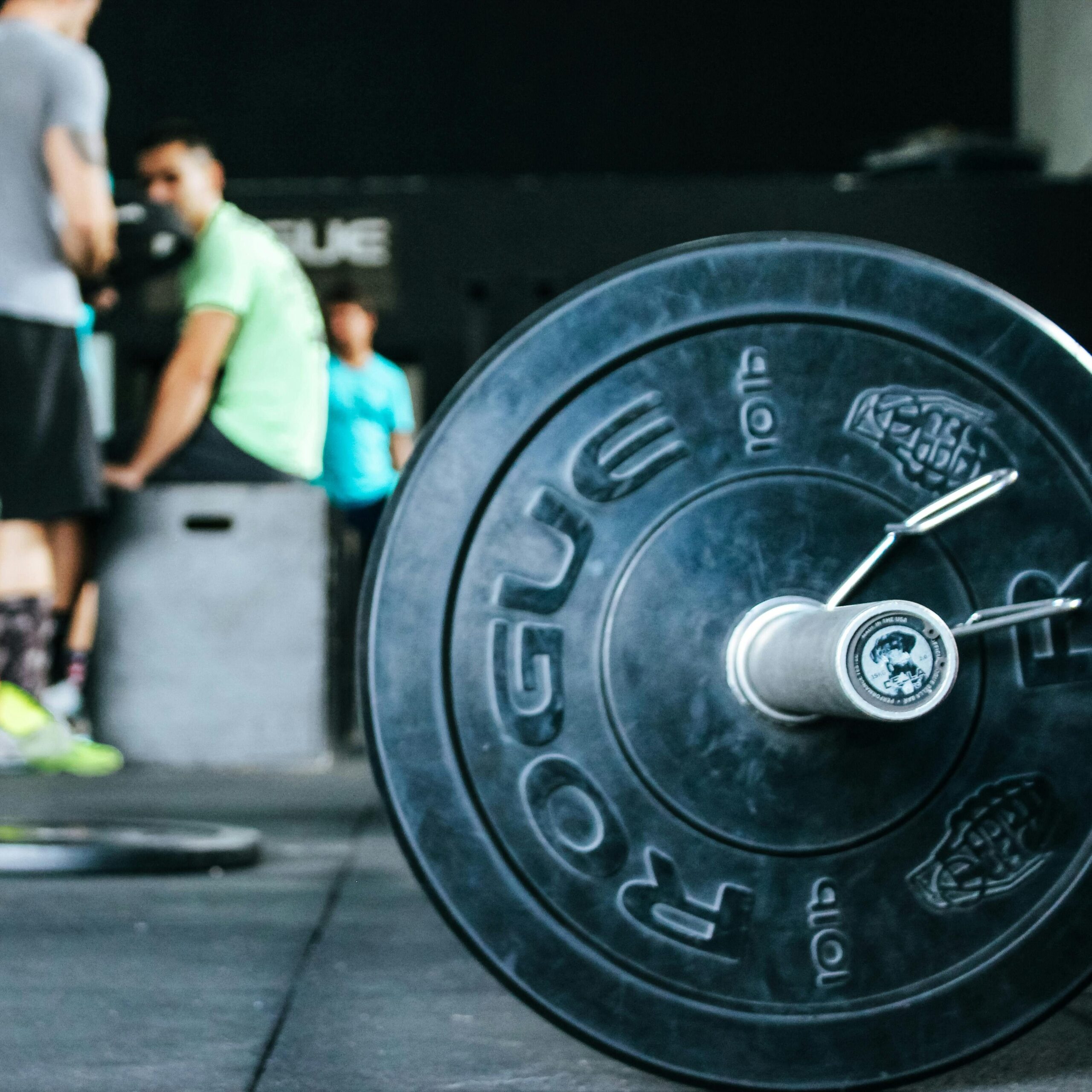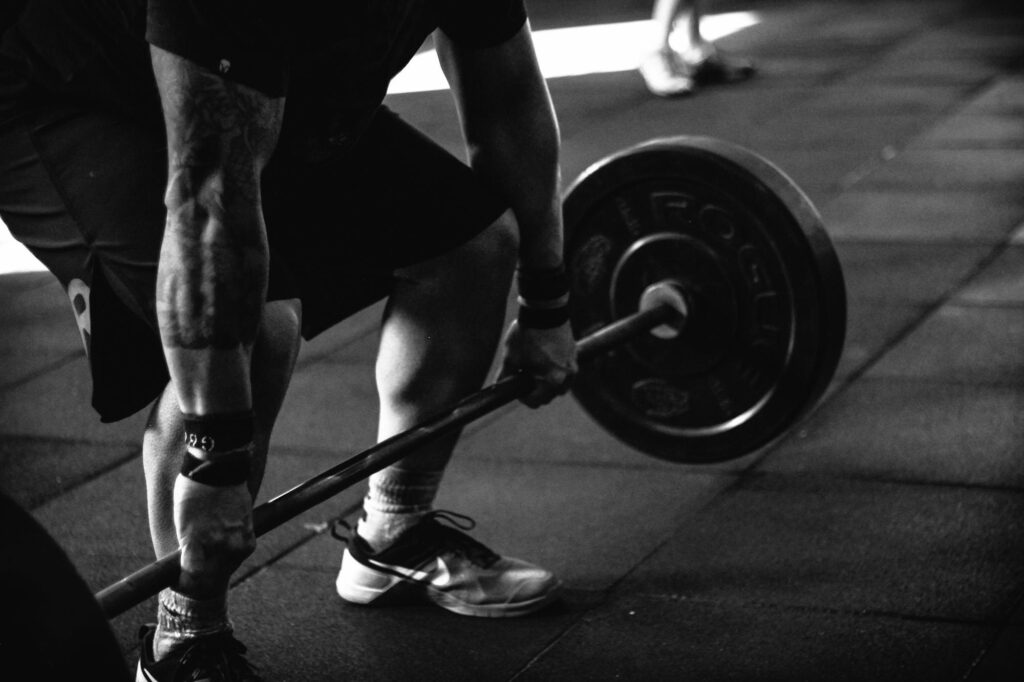When it comes to building strength, one of the most debated topics among fitness professionals is whether fast reps or slow reps yield better results. Is it more effective to lift weights quickly, focusing on power and explosiveness? Or do slow, controlled movements that maximize time under tension lead to greater gains? In this blog, we’ll dive into the science behind both approaches, explore their respective benefits, and discuss how Spleeft, one of the best apps for iWatch, can help you optimize your training.
DOWNLOAD SPLEEFT APP NOW FOR PHONE, MAC AND WATCH!
Optimize Strength Training with Spleeft
What Are Fast and Slow Reps?

Before deciding which approach might be better, it’s important to understand what fast and slow reps entail. Fast reps involve moving the weight with high velocity, emphasizing rapid movement and power, typically targeting the fast-twitch muscle fibers. In contrast, slow reps are performed with deliberate, controlled movements, focusing on maximizing time under tension (TUT) to stimulate muscle growth.
Benefits of Fast Reps: Power and Explosiveness
Fast reps are especially beneficial for those aiming to enhance power and explosiveness. This method targets fast-twitch muscle fibers, which are crucial for generating force quickly—making it ideal for athletes involved in activities requiring short bursts of energy, such as sprinting, jumping, or Olympic lifting.
Research indicates that fast reps can significantly improve neuromuscular coordination and the rate of force development, both key factors in enhancing athletic performance. Maintaining a high velocity during lifts is crucial for achieving these benefits, and this is where Spleeft becomes invaluable. The app tracks barbell velocity in real-time, providing immediate feedback to ensure you’re hitting the necessary velocities to maximize power output.
Moreover, Spleeft’s advanced velocity-based training (VBT) features allow you to monitor the impact of fast reps on your overall strength and conditioning progress. By tracking your lifting velocities across different sessions, you can gain insights into improvements in explosive strength, making Spleeft an essential tool for any strength and conditioning coach.
Advantages of Slow Reps: Hypertrophy, Muscle Growth and Control
On the other hand, slow reps focus on increasing time under tension, which is a key factor in muscle hypertrophy. This approach allows for greater control over the movement, reducing the risk of injury and ensuring that the targeted muscles are effectively engaged.
Slow reps are also excellent for enhancing the mind-muscle connection, an important aspect of muscle development. By moving more slowly and deliberately, you can better focus on activating the muscle fibers that are most resistant to fatigue, which is essential for long-term muscle growth.
Spleeft can help you optimize slow reps by providing accurate feedback on your rep velocity, ensuring that you maintain a consistent tempo throughout your workout. The app’s ability to analyze the progression of your velocity and power over time gives you a comprehensive view of how slow reps contribute to your muscle growth and overall strength.
Integrating Fast vs Slow Reps into Your Training

The best approach to strength training often involves integrating both fast and slow reps into your routine. Each type of repetition has its own set of benefits, and combining them can help you achieve a more balanced and effective workout.
For example, you might start your session with fast reps using lighter weights to activate your fast-twitch fibers and build explosiveness. You could then transition to slow reps with heavier weights to maximize time under tension and promote muscle growth.
Spleeft is a powerful tool in this process. It allows you to create customized load-velocity profiles, helping you find the optimal combination of load and velocity for your specific goals. By analyzing how different types of reps affect your performance, Spleeft enables you to make real-time adjustments to your training.
Why Spleeft Is a Game-Changer
Whether you’re focusing on fast reps to build power or slow reps to increase muscle size, Spleeft stands out as one of the best strength and conditioning apps available. Its advanced analytics and real-time feedback capabilities make it an invaluable resource for athletes and coaches alike. The app’s integration with iWatch further enhances its usability, allowing you to effortlessly track your performance during each workout.
By leveraging Spleeft’s features, you can ensure that your training aligns with your goals, whether that’s maximizing strength, power, or hypertrophy. With the ability to track, analyze, and optimize your performance, Spleeft serves as an essential strength and conditioning coach software, bringing the science of velocity-based training right to your wrist.
Conclusion
In conclusion, both fast and slow reps play a crucial role in a well-rounded strength training program. By understanding the benefits of each and using tools like Spleeft to monitor your performance, you can optimize your workouts for better results. Whether your goal is to enhance power, build muscle, or improve overall conditioning, incorporating both fast and slow reps into your routine will help you achieve your objectives more effectively.
For serious athletes and trainers, Spleeft offers a sophisticated way to track and enhance performance, making it an essential part of your strength and conditioning toolkit. So why choose between fast and slow reps when you can master both with the help of Spleeft?





